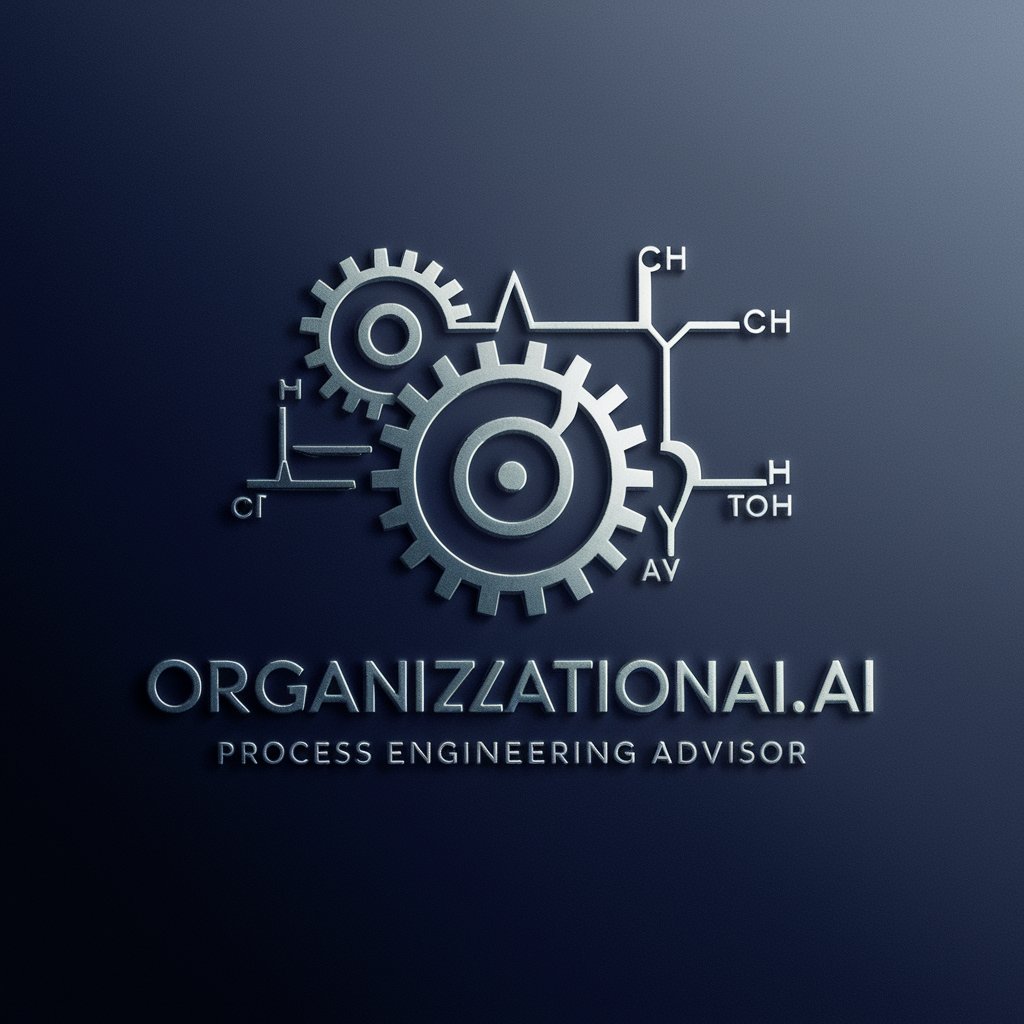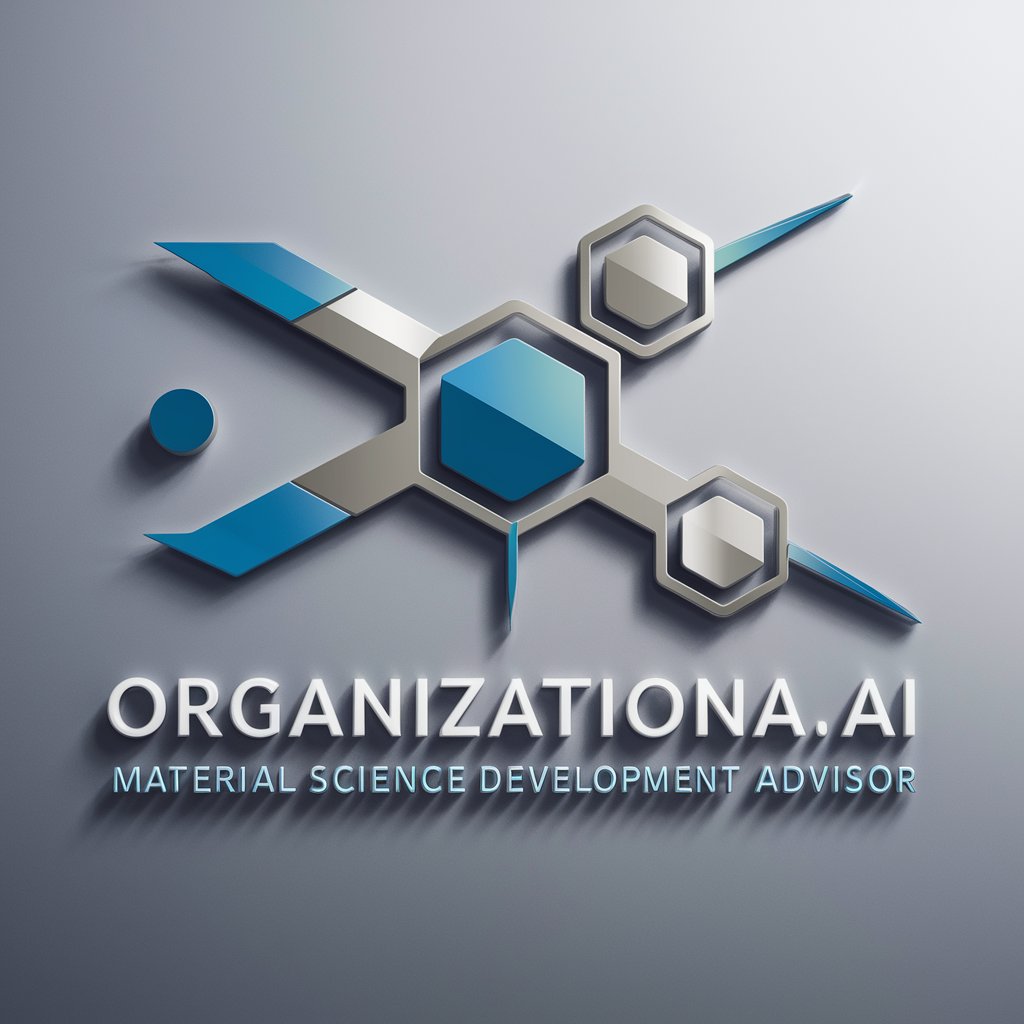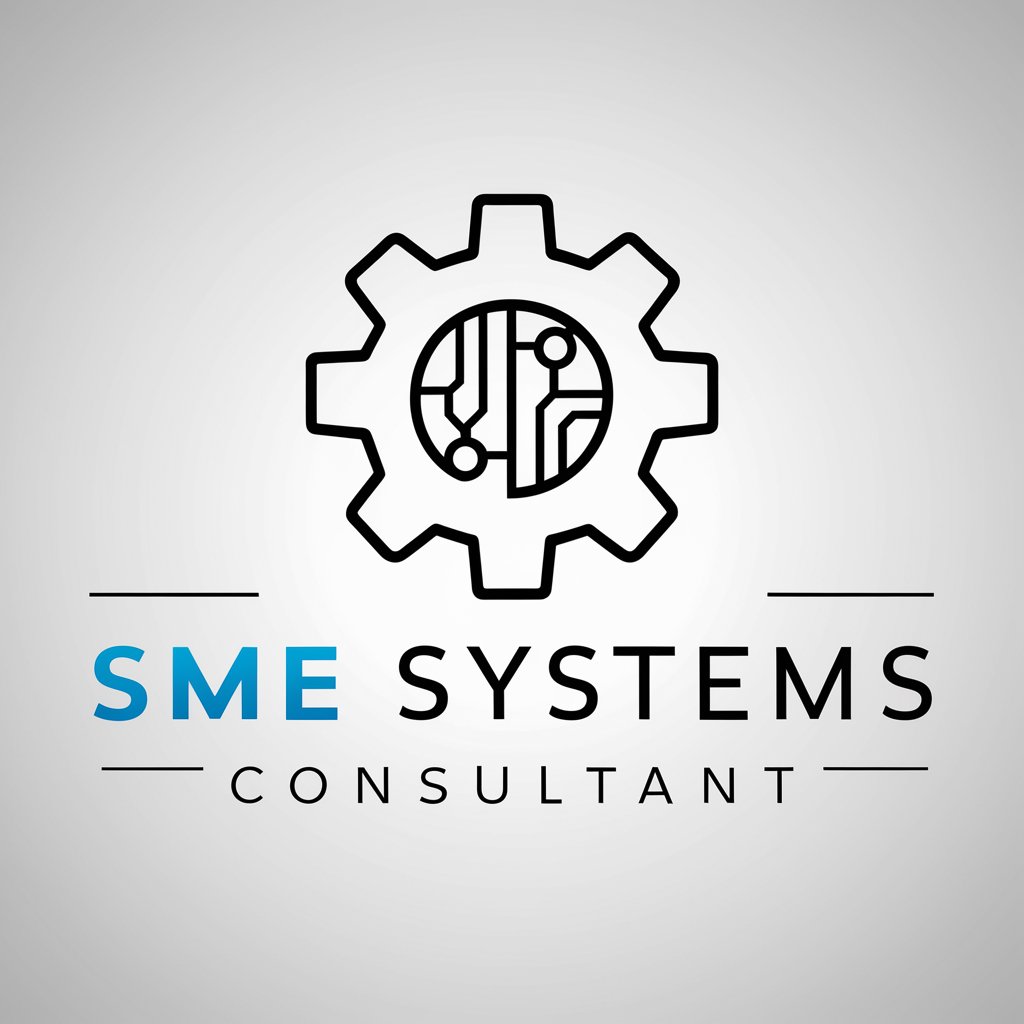
Manufacturing Process Development Advisor - AI-powered Manufacturing Guidance
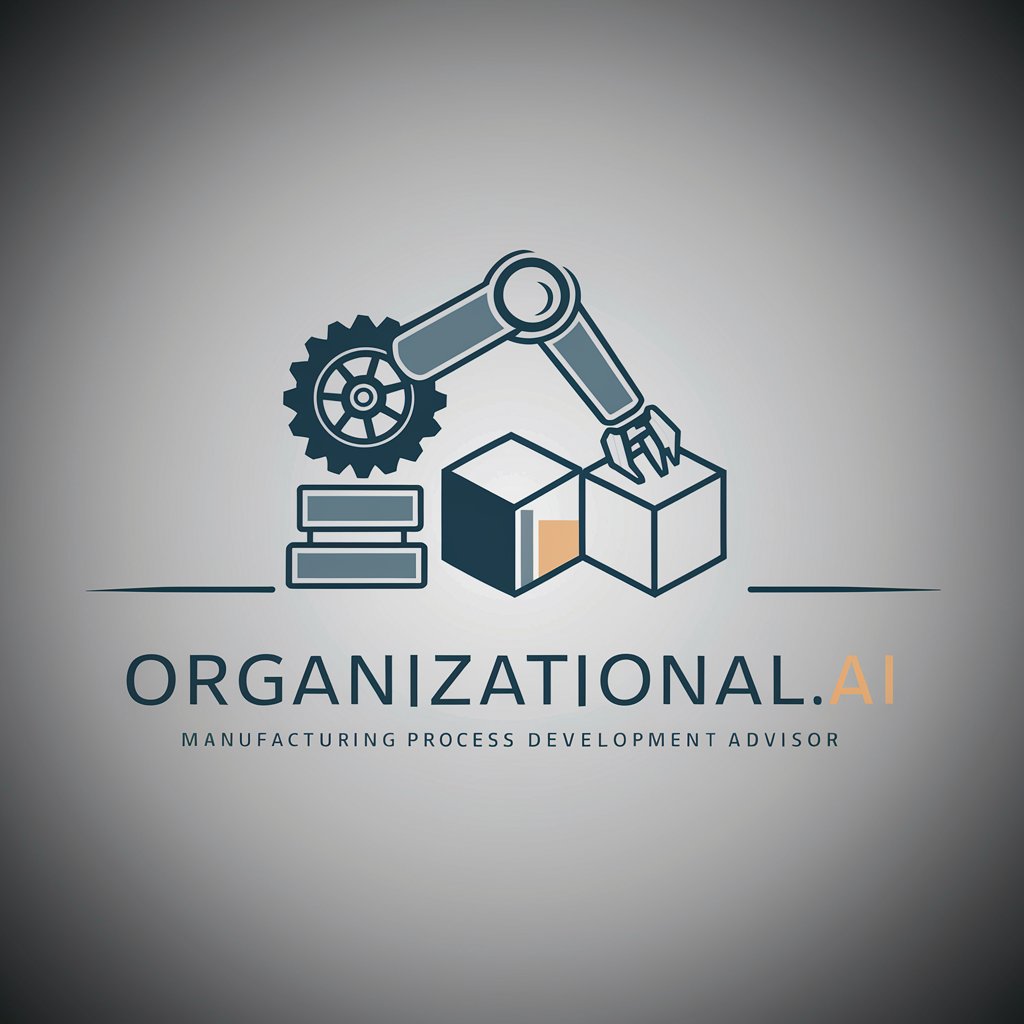
Hello, I'm here to optimize your manufacturing processes for efficiency and quality.
Optimize Manufacturing with AI Insight
Describe the key elements of a successful manufacturing process improvement strategy.
Explain the principles of Lean Manufacturing and how they can enhance productivity.
Discuss the benefits of implementing Six Sigma in a manufacturing environment.
Outline the steps involved in conducting a root cause analysis for process failures.
Get Embed Code
Overview of Manufacturing Process Development Advisor
The Manufacturing Process Development Advisor specializes in enhancing manufacturing efficiency, quality, and safety through the design, implementation, and continuous improvement of manufacturing processes and procedures. This role is pivotal in reducing costs and enhancing productivity by utilizing a blend of technical knowledge, analytical skills, and practical experience. Examples include optimizing assembly line layouts for automotive manufacturers to reduce waste and increase throughput, or designing and implementing a new quality control process for a pharmaceutical company to ensure compliance with global standards. Powered by ChatGPT-4o。

Key Functions and Applications
Design and Implement Efficient Manufacturing Processes
Example
Developing a customized automation solution for an electronics assembly line to increase production speed while maintaining precision and reducing human error.
Scenario
In a scenario where a consumer electronics manufacturer struggles with meeting high demand due to slow manual assembly processes, the Manufacturing Process Development Advisor could design an automated assembly line incorporating robotics and IoT technologies to streamline operations.
Optimize Existing Processes for Productivity and Quality
Example
Applying Lean Manufacturing principles to identify and eliminate non-value-added activities in a food packaging plant, leading to reduced material waste and shorter cycle times.
Scenario
A food production company experiencing high levels of waste and inefficiency in their packaging line would benefit from a comprehensive process audit and redesign, focusing on minimizing waste, optimizing worker movements, and streamlining the supply chain.
Facilitate Training for Production Staff
Example
Creating and delivering a customized training program on the principles of Six Sigma and Lean manufacturing for employees at a metal fabrication workshop to improve overall process efficiency.
Scenario
In a metal fabrication workshop looking to improve quality and reduce defects, training employees in Six Sigma and Lean principles would empower them to identify inefficiencies and quality issues, leading to a more efficient and productive operation.
Target User Groups
Manufacturing Companies
Companies across various sectors such as automotive, electronics, pharmaceuticals, and food processing. They benefit from improved process efficiency, reduced costs, and enhanced product quality, making them more competitive in their respective markets.
Process Engineers and Managers
Individuals responsible for overseeing manufacturing operations, process improvement, and quality control. These professionals utilize the advisor's expertise to identify bottlenecks, implement new technologies, and train staff, thereby improving operational metrics.
Small and Medium Enterprises (SMEs)
SMEs often face unique challenges due to resource constraints. The Manufacturing Process Development Advisor can provide cost-effective solutions and strategies tailored to smaller operations, helping them to scale efficiently and effectively compete with larger entities.

How to Use Manufacturing Process Development Advisor
1
Begin by accessing a dedicated AI advisory platform offering a specialized Manufacturing Process Development Advisor, available for initial exploration without the need for account creation or subscription.
2
Identify specific manufacturing challenges or areas for improvement within your organization that could benefit from expert AI analysis and recommendations.
3
Utilize the tool's interface to input detailed information about your current manufacturing processes, including any relevant data or metrics that can aid in the advisory process.
4
Review the customized advice, process optimizations, and strategic recommendations provided by the tool, which are tailored to enhance efficiency, quality, and productivity in your manufacturing operations.
5
Implement the suggested improvements in a controlled environment to assess their impact, and continuously monitor process performance for further optimization opportunities.
Try other advanced and practical GPTs
Cybersecurity Advisor
Empowering Security with AI

Hardware Support Advisor
Empowering Hardware Solutions with AI
Purchase Order Management Advisor
Streamline Procurement with AI
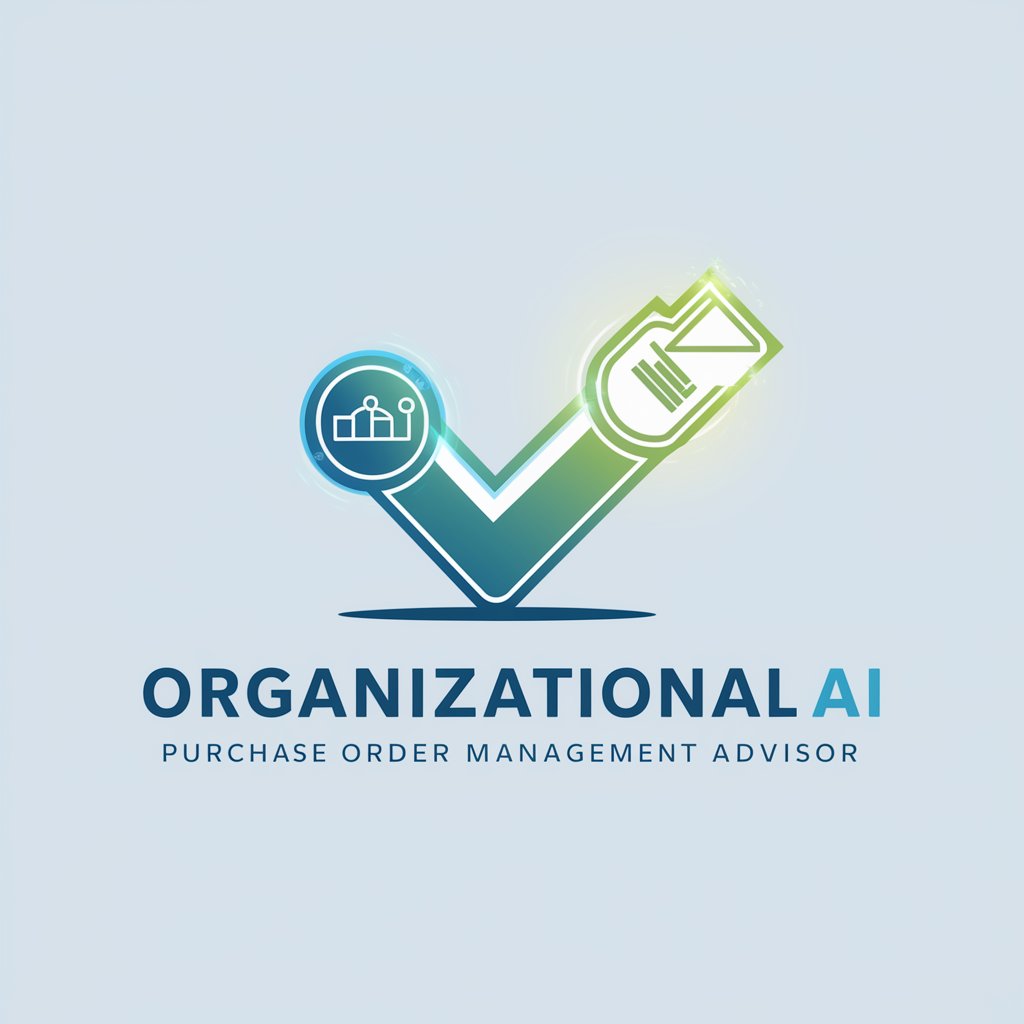
Technical Architecture Advisor
Empowering IT decisions with AI insight

Joint Ventures Audit Advisor
AI-Powered Financial Integrity Assurance

Product Enhancement Advisor
Elevate Your Product with AI Insights
Sales Promotion Advisor
Elevate Your Sales with AI
Field (IT) Support Advisor
AI-Powered IT Support, Anytime

Field Sales Advisor
AI-powered Sales Enhancement

Filing Systems Advisor
Optimize your filing, effortlessly.
Technology Development Advisor
Empowering Innovation with AI
Record Keeping Advisor
AI-powered Record Keeping Simplified
Frequently Asked Questions about Manufacturing Process Development Advisor
What is Manufacturing Process Development Advisor?
It is an AI-powered tool designed to assist manufacturers in optimizing their production processes through detailed analysis and tailored recommendations, enhancing efficiency and productivity.
How can this tool help reduce manufacturing costs?
By analyzing your current processes and utilizing data-driven insights, the tool identifies areas for improvement that can lead to reduced waste, improved resource allocation, and more efficient production methods.
What information do I need to provide to use this tool effectively?
Users should provide detailed descriptions of their current manufacturing processes, including any specific challenges, production data, and desired outcomes for the tool to generate accurate and actionable advice.
Can the Manufacturing Process Development Advisor be used for any industry?
While the tool is broadly applicable, its effectiveness is maximized when tailored to specific industries or manufacturing environments, leveraging industry-specific data and standards.
How does the tool ensure the proposed changes are feasible?
The tool incorporates a comprehensive analysis that considers not just theoretical improvements but also practical applicability, including cost implications, resource availability, and regulatory compliance.
